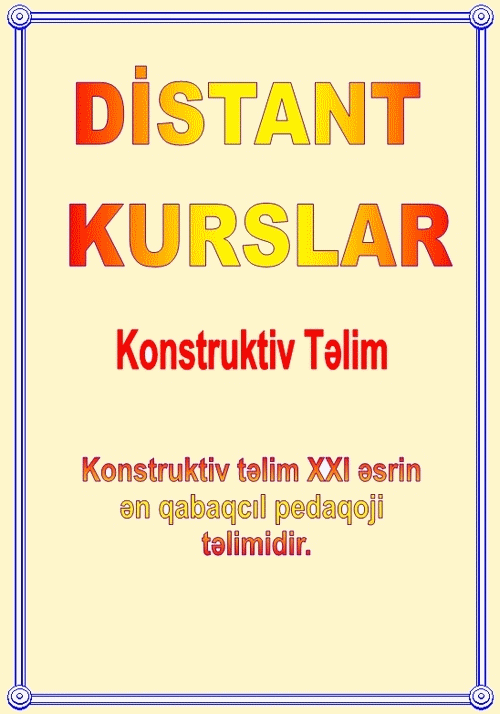Khojaly Massacre
 The Khojaly Massacre was the killing of hundreds of ethnic Azerbaijani civilians from the town of Khojaly on 25–26 February 1992 by the Armenian and CIS armed forces during the Nagorno-Karabakh War. According to the Azerbaijani side, as well as Memorial Human Rights Center, Human Rights Watch and other international observers, the massacre was committed by the ethnic Armenian armed forces, reportedly with help of the Russian 366th Motor Rifle Regiment, apparently not acting on orders from the command. However the works of Azerbaijani journalist Eynulla Fetullayev, the testimonies of Ramiz Fataliev (Chairman of the investigative commission in Khojaly) and the reports from Committee to Protect Journalists points out that, the massacre might be the provocation of the Azerbaijani National Front to force the resignation of Azerbaijani president Ayaz Mutalibov. The death toll provided by Azerbaijani authorities is 613 civilians, including 106 women and 83 children.The event became the largest massacre–next to the Kirovabad pogrom–in the course of Nagorno-Karabakh conflict.
The Khojaly Massacre was the killing of hundreds of ethnic Azerbaijani civilians from the town of Khojaly on 25–26 February 1992 by the Armenian and CIS armed forces during the Nagorno-Karabakh War. According to the Azerbaijani side, as well as Memorial Human Rights Center, Human Rights Watch and other international observers, the massacre was committed by the ethnic Armenian armed forces, reportedly with help of the Russian 366th Motor Rifle Regiment, apparently not acting on orders from the command. However the works of Azerbaijani journalist Eynulla Fetullayev, the testimonies of Ramiz Fataliev (Chairman of the investigative commission in Khojaly) and the reports from Committee to Protect Journalists points out that, the massacre might be the provocation of the Azerbaijani National Front to force the resignation of Azerbaijani president Ayaz Mutalibov. The death toll provided by Azerbaijani authorities is 613 civilians, including 106 women and 83 children.The event became the largest massacre–next to the Kirovabad pogrom–in the course of Nagorno-Karabakh conflict.
Western governments and the western media refer to it as the Khojaly Massacre or Khojaly Tragedy. Azerbaijani, Pakistaniand Turkishsources occasionally refer to the massacre as Khojaly Genocide (Azerbaijani: Xocalı soyqırımı, Turkish: Hocalı soykırımı) and the Khojaly Tragedy (Azerbaijani: Xocalı faciəsi).Armenian sources usually give an estimate closer to the 161 deaths figure given by Human Rights Watch regarding the events and mostly refer to it as the Battle of Khojaly (Armenian: Խոջալուի պատերազմում—Khojalui Paterazmum), Khojaly event (Armenian: Խոջալուի իրադարձություն—Khojalui Iradardzut’yun) or sometimes Khojaly tragedy (Armenian: Խոջալուի ողբերգության—Khojalui Voghbergut’yan).







